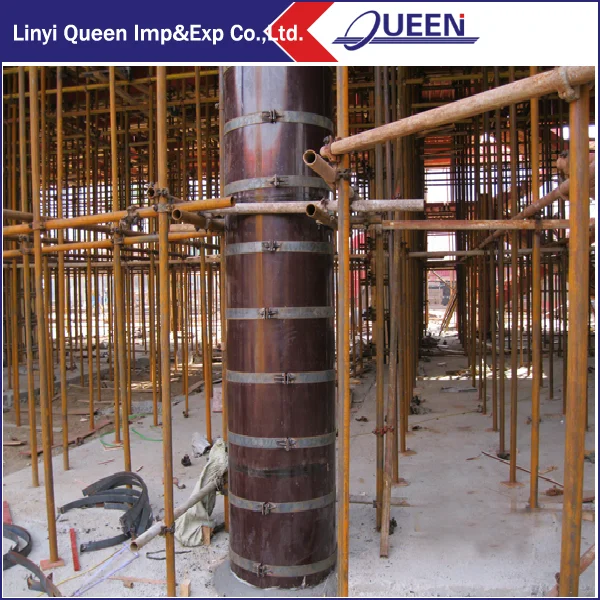
They must also be framed tightly enough to keep the liquid concrete in and the rainwater out. Forms must be strong and rigid enough to withstand the outward pressure of the wet concrete without deforming, bending or deflecting. They are usually made from wood 2x4s, although they can also be made of metal. Forms are used to hold the concrete together in the shape you desire until it dries. Formingīefore the concrete is poured, forms must be built. Mix these ingredients in a rotating drum mixer or a have it done in a cement truck to ensure the concrete is thoroughly blended.


Portland cement: 94 pounds (the size of a typical bag of cement purchased at a retail store).To achieve this strength, the following approximate proportions should be used. The typical compression strength of concrete is 3,000 pounds per square inch after 28 days. Steel reinforcing bars (rebar) are usually used to increase the tensile strength of concrete foundations. Tensile strength denotes concrete’s resistance to stretching or expansion. Compression strength is the number of pounds per square inch (PSI) the concrete will achieve in 28 days- the normal amount of time it takes for concrete to fully cure. The strength of concrete can be defined in two different ways. Admixtures such as fly ash or a water retardant can be included to help cure the concrete and to strengthen it.

The basic ingredients are water, sand, gravel, and Portland cement. Selecting the right mixture for concrete is critical for the long-term life of your steel building. All machinery must be safety inspected and display the correct identification and tagging to prove it is within the defined calibration dates. They are also responsible for regular safety inspections of the job site and must document all ‘hazardous’ situations, ensuring the correct authorities are notified of potential site hazards. The employer is responsible for ensuring all employees have had sufficient accident training. If there is danger from falling items or electrical shocks all employees on site must be provided, and wear, the appropriate head protective gear at all times. Eyewear must protect against radiant energy when appropriate. The safety wear must be disinfected after each use and special provisions must be made for individuals who wear vision correcting glasses. Respirators must be checked for fit and damages before being worn on site.Īll employees shall be provided with the appropriate face and eye safety wear. If a respirator is not required, employees must be permitted to bring their own respirator. Additionally, a preliminary medical exam must be performed by a licensed practitioner to confirm each employee is eligible for safely wearing a respirator. When working with concrete, if the dust and fumes from the setting concrete exceed a certain level, a respirator must be provided for each employee. These departments also provide safety guidelines for laborers involved in the laying of concrete foundations to be sure you and your workers are protected during the process. Following these guidelines will both ensure that your structure is legal and that it meets all best practice guidelines. Several government organizations, such as the Occupational Safety and Health Administration ( OSHA) and state-based Departments of Consumer Affairs provide strict guidelines for the requirements of concrete foundation slabs. You will also likely need some earth for backfilling, or the in-filling of small holes or voids left after construction. Remember to retain some of the removed earth for final grading and leveling after the steel building is completed. Major excavation is likely to involve the use of construction equipment such as a backhoe or bobcat shovel.

A 2” – 4” deep base for a poured concrete foundation should suffice. Minor excavation can be done with hand tools such as a pickaxe, shovel and steel rake. Most simple metal buildings only require minor excavation while more complex metal buildings will require deeper general excavation. You will need to consult with your steel buildings manufacturer or salesperson regarding the type of foundation excavation you will require. When the building site has been made level, excavation for the foundation can begin. Grading involves making the height and shape of the land conform to the surveyor’s stakes. Once the building site is surveyed and marked, the grading or physical leveling of the building site can begin. Construction of a steel building or metal structure is similar to the construction of most other buildings and it all starts with a strong foundation.īefore the foundation is poured, the land must be professionally surveyed to ensure the building site is level and that the builders know the exact boundaries of the plot.


 0 kommentar(er)
0 kommentar(er)
